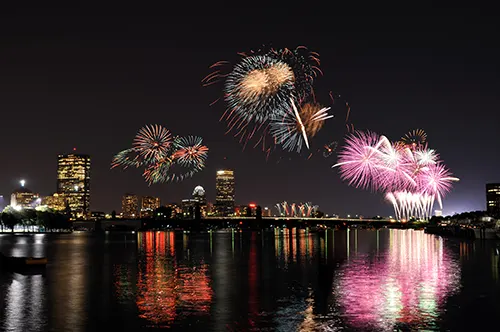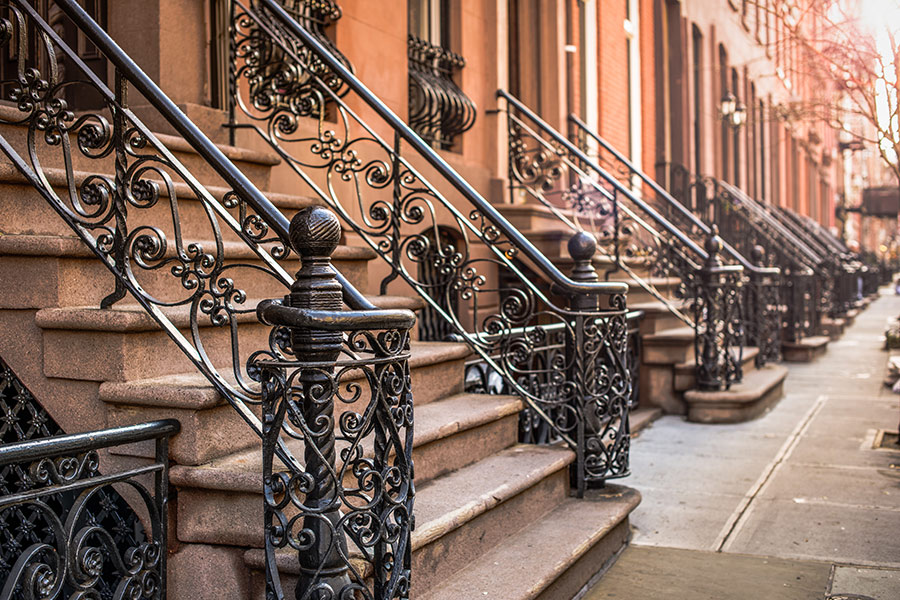
Standard homeowners insurance policies cover the building and personal property damage, as well as liability, but it only covers these things when the dwelling is actively occupied by the property owner. Once tenants move in, a homeowners insurance policy will no longer cover any property damage that occurs while tenants are occupying the rental.
Separate from homeowners insurance, landlord insurance is intended specifically for property owners who plan on renting out their property for an extended period of time. Landlord insurance policies cover everything a general homeowners insurance policy covers, plus many other perils property owners could experience in their time as a landlord. With a landlord insurance policy, the rental (and bank account) will be taken care of if anything unfortunate were to happen.
What does landlord insurance cover and not cover?
Landlord insurance coverage all depends on the type of policy you choose, but a good, comprehensive policy will include three key protections:
- Property damage – Covers any damage to the property caused by a natural disaster, vandalism, theft, irresponsible tenants, or anything else that could damage the physical structure of the property.
- Loss of rental income/rental income protection – Should something occur that causes your property to be uninhabitable, such as a natural disaster or severe mold, this coverage provides temporary rental income reimbursement that acts as a replacement for the rent a landlord would be receiving as usual if a tenant was occupying their property.
- Liability – Covers any medical or legal fees, such as lawsuits, bodily injury claims and settlement costs that could ensue if a tenant or a visitor were to get injured on the property.
For many policies, additional coverage or add ons are available, all of which will serve to protect your investment and yourself as a landlord. Some additional coverage options include:
- Flood insurance which covers general water or flood damage.
- Guaranteed income insurance covers partial or full rent payments if the tenant is unable to pay for one month – something many landlords experienced during the height of the pandemic.
- Property coverage covers your furnishings if you are renting out a furnished rental unit.
Keep in mind that the amount and type of additional coverage varies from insurance provider to insurance provider, so you will need to determine which provider is best for your needs.
Now that you know what landlord insurance covers, let’s briefly review what it does not cover. First and foremost, landlord insurance excludes protection for a tenant’s personal belongings. Tenants will need to purchase a renter’s insurance policy for this, which surprisingly also benefits landlords! Additionally, landlord insurance doesn’t cover normal wear and tear, which is any damage that occurs as a natural result of the property being inhabited. This one might be obvious, but it doesn’t hurt to mention – landlord insurance does not cover properties in which the owner lives due to the fact that landlord insurance is specifically designed to cover “non-owner-occupied” properties.
What are the different types of landlord insurance?
As with any insurance, the coverage you receive will depend on the type of insurance policy you select. The different types of landlord insurance are labeled as “dwelling policies,” and they fall into three categories. You’ll discover that as the number associated with the policy increases, the types of coverage expand.
- Dwelling Policy 1 (DP-1): This is, of course, the most basic policy that covers common occurrences like fire, vandalism, windstorm, and hail. Because the coverage is so limited, this is also the cheapest option. It’s important to note that with this policy, claims that are covered will only be reimbursed for the actual cash value (ACV), which is the depreciated rebuild value of the dwelling.
- Dwelling Policy 2 (DP-2): This policy covers everything included in DP-1, plus burglary damage, freezing of pipes, falling objects, and loss of income. Essentially, it covers more substantial and less likely damage and incidences. But the biggest difference between DP-1 and DP-2 is that the latter policy pays out the replacement cost value (RCV), meaning the policy will pay to restore the dwelling to its original condition.
- Dwelling Policy 3 (DP-3): This is the most common and comprehensive type of policy that offers the broadest form of protection. While DP-1 and DP-2 only cover the specific incidents listed in the policy, DP-3 is an “all-risk” policy that covers any perils a landlord may run into.
The Benefits of Landlord Insurance
The benefit of landlord insurance boils down to one thing – fewer out-of-pocket costs for landlords. But, let’s break down the benefits so you can see exactly why you need landlord insurance:
- Liability protection protects landlords from legal or medical fees in the case that a tenant or their guest is injured on the landlord’s property. Tenants can sue for a pay-out or for coverage of medical expenses related to everything from physical injury and death to financial difficulty and emotional harm. With liability coverage, any possible expenses related to legal or medical fees will be covered, protecting you from out-of-pocket costs.
- Rental income protection may be the top benefit provided by landlord insurance. In the case that something happens to your property that makes it uninhabitable, such as fire, mold, or tornado damage, this element of protection will cover the financial loss that you would endure during the time you are unable to rent out the dwelling. Usually, the coverage will only extend up to a defined period of time such as 12 months, but that’s 12 months you could have not been paid rent. When purchasing a policy, always check to make sure your policy includes rental income protection if you desire it.
- Certain tenant damage coverage can cover two types of damage caused by the tenant: accidental and malicious or intentional damage. In both cases of coverage, the insurance provider will help cover the costs of repair or replacement for the damaged item(s). Once again, when purchasing a policy, always check to make sure your chosen policy covers both types of certain tenant damage.
For more information, contact Lallis & Higgins Insurance.
Source: turbotenant.com










